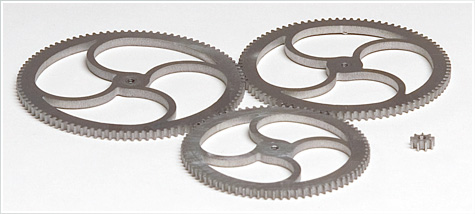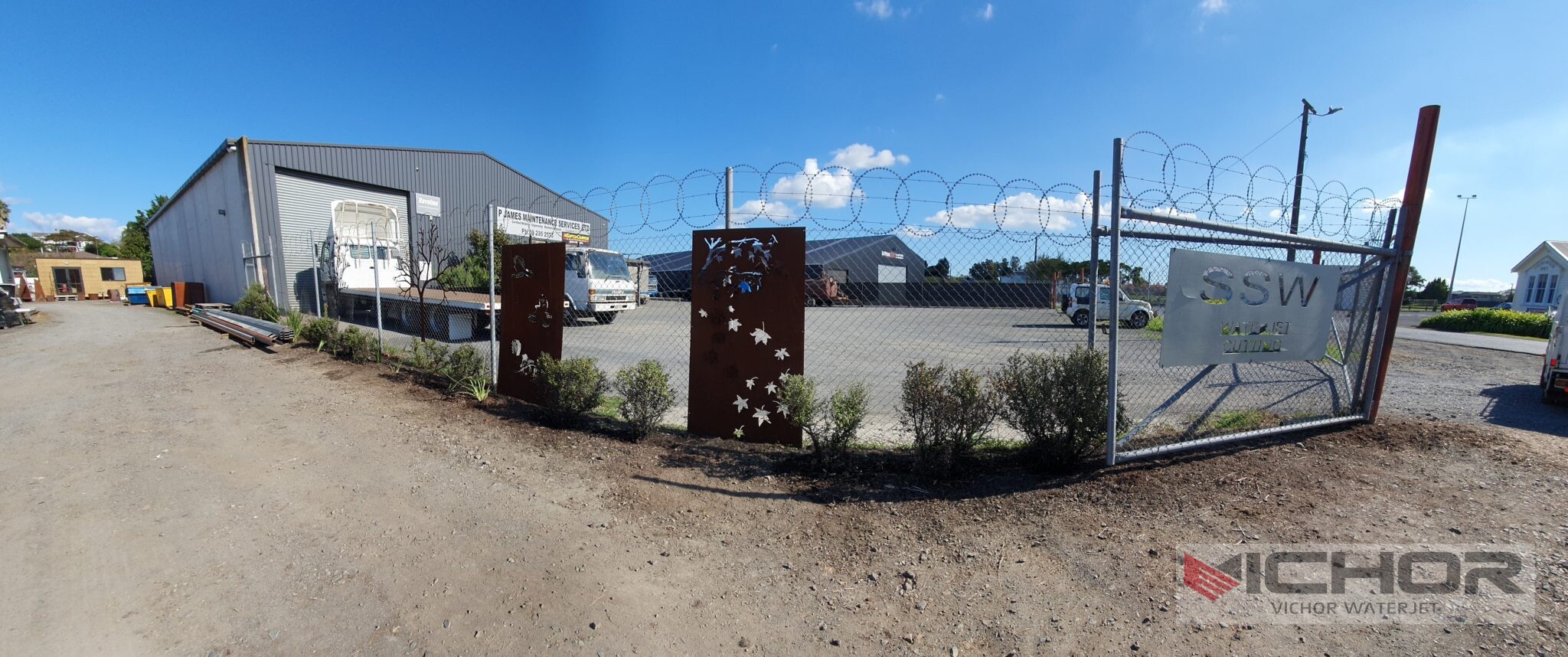
5 Fascinating Ways Water Cutting Through Metal Revolutionizes Manufacturing
In the world of industrial manufacturing, the concept of water cutting through metal might sound like something out of science fiction, but it’s a reality that’s transforming how we shape and design materials. This process, known as waterjet cutting, utilizes high-pressure water streams, often mixed with abrasives, to slice through metal with precision and efficiency. Unlike traditional methods that rely on heat or mechanical force, water cutting through metal offers a cool, clean, and versatile alternative. As industries seek more sustainable and accurate cutting solutions, understanding the intricacies of water cutting through metal becomes essential. In this article, we’ll delve into five key aspects that make this technology a game-changer, from its underlying science to its practical applications. By the end, you’ll appreciate why water cutting through metal is not just a niche technique but a cornerstone of modern fabrication.
The Science Behind Water Cutting Through Metal
Water cutting through metal relies on fundamental principles of physics and engineering to achieve its remarkable results. At its core, this process involves pressurizing water to extremely high levels, typically between 50,000 to 90,000 pounds per square inch (PSI), and forcing it through a small nozzle to create a focused jet. When abrasives like garnet are added, the water stream gains the ability to erode and cut through hard materials like metal. The kinetic energy of the high-velocity water particles is what enables water cutting through metal to occur, as the force generated upon impact fractures the metal’s surface. This method is particularly effective because it doesn’t generate heat, preventing thermal distortion and preserving the metal’s structural integrity. Researchers have refined this technology over decades, making water cutting through metal a precise science that balances pressure, flow rate, and abrasive mix for optimal performance. In essence, the science of water cutting through metal demonstrates how harnessing natural forces can lead to innovative industrial solutions.
How the Process of Water Cutting Through Metal Works
The actual process of water cutting through metal is a multi-step operation that begins with water purification and pressurization. First, water is filtered to remove impurities that could clog the system or reduce efficiency. It’s then pumped into an intensifier that amplifies the pressure to the required levels. Next, the high-pressure water is directed through a narrow nozzle, often made of durable materials like sapphire or diamond, to form a coherent jet. For cutting metals, an abrasive material is typically introduced into the stream just before the nozzle, enhancing the cutting power. As the abrasive-water mixture strikes the metal surface, it erodes the material along a predetermined path controlled by computer numerical control (CNC) systems. This precision allows for intricate designs and clean edges, making water cutting through metal ideal for complex fabrication tasks. The entire process is efficient, with minimal waste, as the water and abrasives can often be recycled. By understanding how water cutting through metal works, manufacturers can achieve high-quality results without the drawbacks of traditional cutting methods.
Advantages of Using Water for Metal Cutting
One of the most compelling reasons for adopting water cutting through metal is its array of advantages over conventional techniques. Firstly, it is a cold-cutting process, meaning it doesn’t produce heat-affected zones (HAZ) that can weaken metal or alter its properties. This makes it perfect for sensitive materials like titanium or aluminum. Secondly, water cutting through metal offers exceptional precision, with tolerances as tight as 0.1 millimeters, enabling detailed work in industries such as aerospace and automotive. Additionally, it is highly versatile—capable of cutting a wide range of metal thicknesses and types, from thin sheets to thick plates. Environmental benefits also stand out, as water cutting through metal generates less dust and fumes compared to thermal methods, reducing workplace hazards and pollution. Moreover, it minimizes material waste due to its narrow kerf width, leading to cost savings and sustainability. Overall, the advantages of water cutting through metal make it a superior choice for modern manufacturing needs.
Applications of Water Cutting in Metal Industries
The applications of water cutting through metal span various sectors, highlighting its adaptability and efficiency. In the aerospace industry, it is used to fabricate precise components like turbine blades and structural parts, where accuracy is critical for safety and performance. The automotive sector relies on water cutting through metal for producing custom parts, prototypes, and body panels, thanks to its ability to handle diverse materials without deformation. In architecture and construction, this technique shapes metal beams, facades, and decorative elements with intricate patterns. Even the medical field benefits, with water cutting through metal employed to create surgical instruments and implants from biocompatible metals. Furthermore, art and design enthusiasts use it for metal sculptures and jewelry, leveraging its precision for creative expression. These diverse applications demonstrate how water cutting through metal is not limited to industrial settings but enriches multiple domains with its flexibility and reliability.
Comparing Water Cutting to Other Metal Cutting Methods
When evaluating metal cutting techniques, water cutting through metal stands out in several comparisons. Unlike laser cutting, which uses heat and can cause thermal damage, water cutting through metal maintains the metal’s original state, making it suitable for heat-sensitive applications. Compared to plasma cutting, which is faster but less precise, water cutting through metal offers finer details and smoother edges. Mechanical methods like sawing or milling often produce more waste and require secondary finishing, whereas water cutting through metal delivers clean cuts in a single pass. However, it may be slower for very thick metals compared to some alternatives, but its versatility often outweighs this drawback. In terms of cost, initial setup for water cutting through metal can be higher, but long-term savings from reduced waste and maintenance make it economical. This comparison underscores why water cutting through metal is a preferred method for many specialized tasks.
In conclusion, water cutting through metal represents a significant advancement in manufacturing technology, blending scientific innovation with practical benefits. From its precise, heat-free process to its wide-ranging applications, this method offers a sustainable and efficient solution for metal fabrication. As industries continue to evolve, the role of water cutting through metal will likely expand, driven by demands for accuracy and environmental responsibility. By embracing this technology, businesses can achieve higher quality outcomes while minimizing their ecological footprint.
Frequently Asked Questions About Water Cutting Through Metal
Q1: What exactly is water cutting through metal?
A1: Water cutting through metal, often referred to as waterjet cutting, is a process that uses high-pressure water streams, sometimes mixed with abrasives, to slice through metal materials without generating heat, ensuring precise and clean cuts.
Q2: Is water cutting through metal safe for all types of metals?
A2: Yes, water cutting through metal is highly versatile and can handle various metals, including steel, aluminum, copper, and titanium, though the thickness and hardness may affect cutting speed and efficiency.
Q3: How does water cutting through metal compare to laser cutting in terms of cost?
A3: While initial costs for water cutting through metal can be higher due to equipment and abrasive expenses, it often proves more economical long-term by reducing waste, minimizing secondary processes, and avoiding heat-related damages that require repairs.
Q4: Can water cutting through metal be used for intricate designs?
A4: Absolutely, water cutting through metal excels at producing intricate designs and complex shapes thanks to computer-controlled precision, making it ideal for detailed artwork, aerospace components, and custom fabrications.
Q5: What are the environmental impacts of water cutting through metal?
A5: Water cutting through metal is generally environmentally friendly, as it produces no hazardous fumes or dust, uses recyclable water and abrasives, and reduces material waste, contributing to sustainable manufacturing practices.
continue reading
Related Posts
- 1696 words8.5 min read
- 1991 words10 min read




